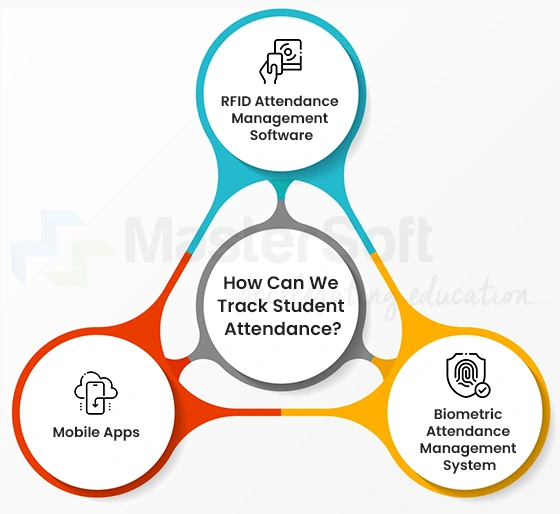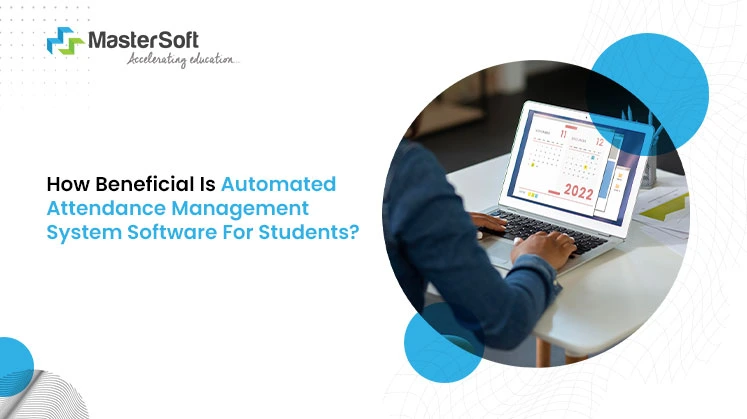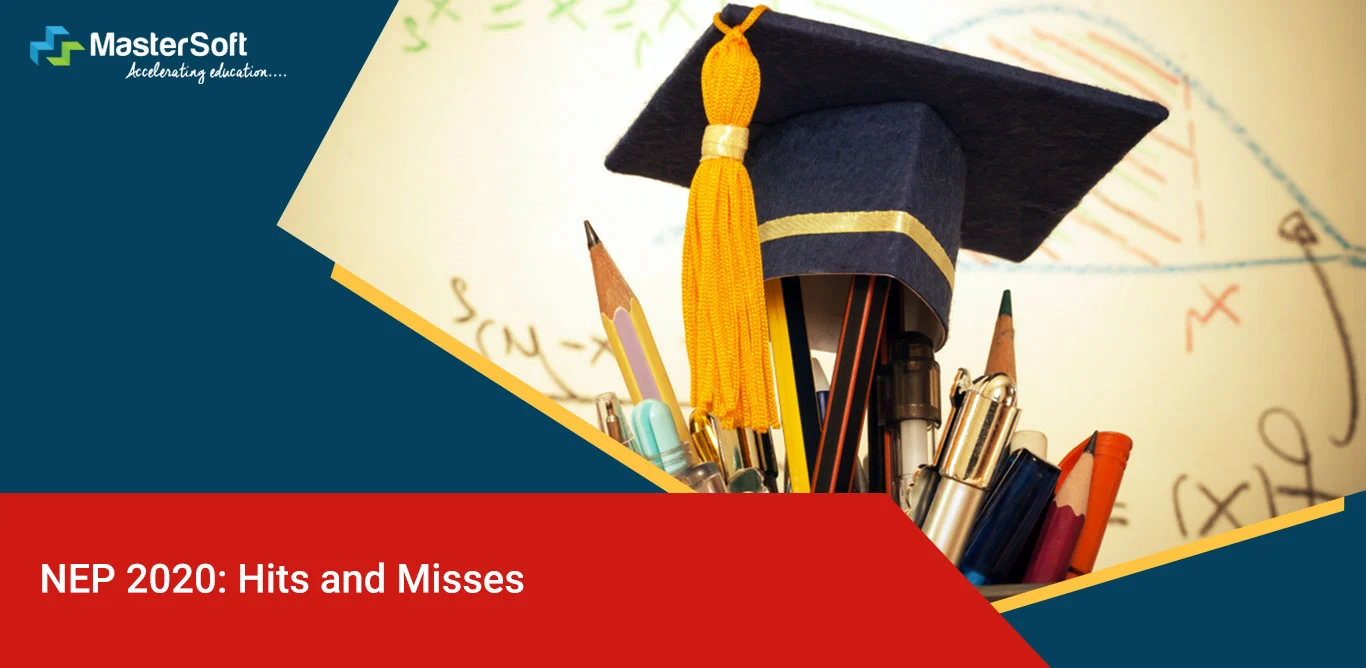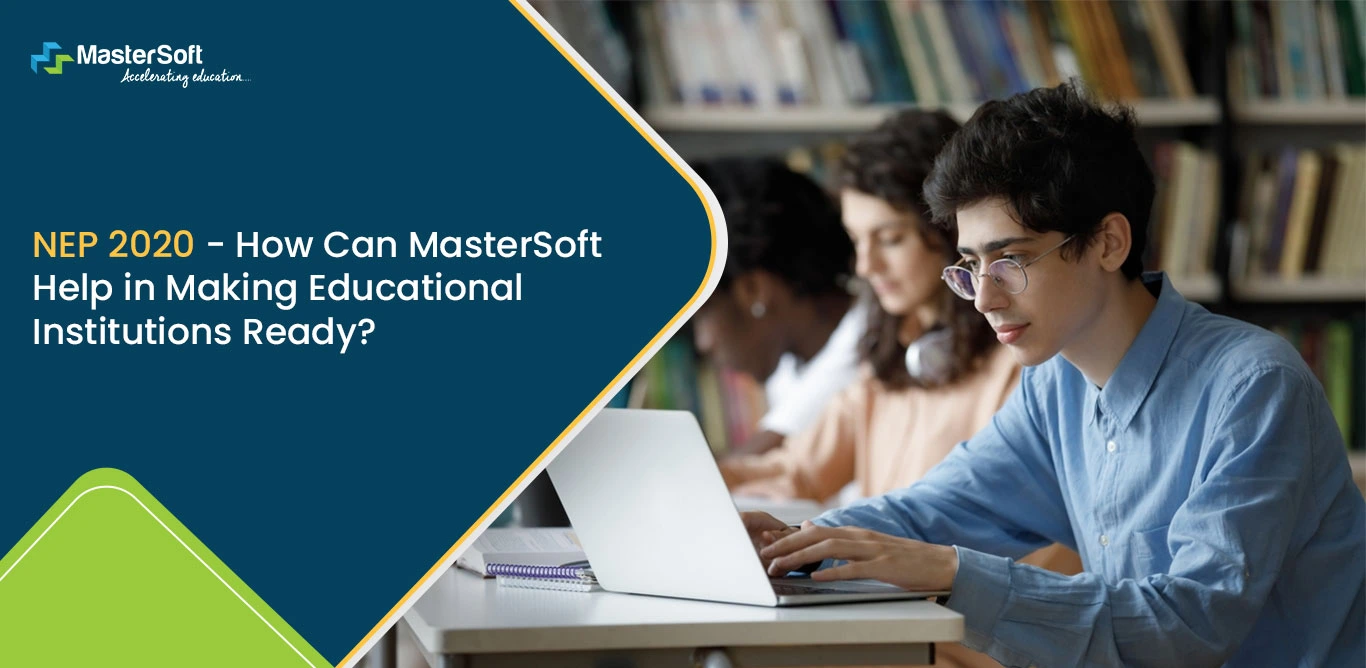15, June 2022
What is a Student Attendance System?
A student attendance system is software that tracks and monitors student attendance digitally in schools and colleges. It is a module which enables educators and administrators to take student and staff attendance using various digital forms, such as biometric, RFID, etc.
What is one of the most important things students must maintain while in school or college?
Students often see the attendance percentage during their admissions in colleges, which they need to maintain throughout the term. However, after attending a couple of weeks or months of classes, they begin to falter and remain absent in most of the classes for months. Consequently, the constant absenteeism causes the particular students to lag in their studies, ultimately affecting their grades and academic performance.
Maintaining regular attendance is vital for students as it provides them access to contextual information and resources. Moreover, the students can cultivate healthy relationships with their peers and teachers by being present in the class. Therefore, institutes can implement specific strategies to improve students attendances, which are as follows:
1. Tracking Absentees In Real-Time
Traditionally, the teachers use a manual procedure to record if the students are present or absent, which can take a long time. Furthermore, after every month, when they require to calculate the total number of days, they need to count the days for each student individually. Evidently, the manual process is labour intensive and exhausting; the admin staff has to go through each student's attendance and make a report during the audit.
Thanks to the attendance management system, the teaching staff no longer need to depend on the manual process. Instead, they can track the students who are absent or present with the help of the tool, the RFID and the biometric-based system capture and track students' attendance in real-time. Hence, the students know that automated attendance is part of their class, so they would think twice before skipping their classes without any real reason.
Additionally, the system provides analytics depending on which the institutional leaders can get a broader view of their institute’s attendance trends. Hence, they can help students accordingly after identifying those students who require extra academic support. Also, they can compare the attendance rates of different classes and departments and develop best practices to enhance student attendance rates.
2. Encouraging Students With An Effective Curriculum
The students are at the receiving end of criticism for purposely skipping classes but seldom do the institutes explore the core reasons for their absenteeism. Besides, a dull and monotonous class environment contributes to students’ interests in studies. Therefore, the teachers must work together with the institute to initiate or develop an appropriate strategy. They must devise a plan of action which includes identifying the units of study in the curriculum that the absentee students find redundant.
Also, during online college admission, they choose their preferred courses, thinking they will have an interesting and enriching learning process. However, as the classes progress, they find the classes become tedious, hence the teachers must include activities and engaging assignments. Besides, they can use curriculum mapping to develop specific graduate attributes and desirable skills. These skills and competencies would be incorporated into various programs to improve collaborative learning and ensure better academic outcomes. As a result, the students would find the learning process more engaging as they would participate in every task.
3. Integrate Personalised Learning
In a class of fifty students, each does not have the same level of understanding and learning capabilities, yet teachers expect all to excel at the same pace. At the same time, the teacher's and parent's expectations of the particular students progressing well without failure create additional pressure and stress. Hence, students who face issues in certain subjects do not express their problems to the teacher, fearing judgement.
Therefore, in the long run, those students continue to struggle to try to keep up with the pace of the rest of the entire class. Besides, this competitive class environment might not be encouraging to everyone; however, teachers can make a considerable change in the regressive education pattern.
They can make a learning plan with a high level of personalisation by using digital tools; it will help to increase the student's interest. The students would actively participate in their studies as they would have the liberty to master a certain lesson or skill before going on to the next. Also, it will ultimately encourage them to be present in the class and decrease the absence rate.
How Beneficial Is Automated Attendance Management System For Schools?
4. Modify The Teaching Techniques
What are the common teaching methodologies used in schools and colleges?
Blackboard teaching, long explanations, lectures, etc., are the standard practices teachers have used for the longest time. While teachers still use some of the traditional methods, changing educational trends require to use of diverse methods. Therefore, they can use multiple strategies and go for a flexible approach, using any way that fits the student's needs.
5. Effective Time-Table & Scheduling
Students have the freedom to choose the subjects and courses they want to learn; however, without any sense of discipline, they can quickly go astray. Therefore, the institute can guide them accordingly by giving them access to an automated timetable scheduling system. Also, with the system’s help, the students can easily manage their academic and personal activities. They can make better decisions and prioritise the tasks they need to execute by checking the timetable. Moreover, the timetable helps them keep track of their class schedules, discouraging them from skipping classes.
6. Improve Interaction
During college admission applications, students think they will attend classes regularly but fail to keep their promises. A significant reason behind it could be related to their personal lives or disinterest in studies, regardless of the cause. Moreover, a lack of an adequate communication system further widens the gap between them and the institute.
However, the institute can improve the interaction between students and teachers through pedagogical tools like chat, discussion forums, messaging, gallery, audio, and videos. Also, these tools create a platform for students to interact and voice their opinions regarding various issues, impacting the attendance rates.
7. Parents Involvement
Besides organising timely parent-teacher meetings, the institute should also keep the parents involved in their children’s activities. Using integrated tools, they can send notifications and messages to the parents regarding the children’s absences, grades, and discipline issues.
Besides, the increased parent involvement will ensure that students maintain a positive attendance rate.
How Can We Track Student Attendance?
There are various traditional ways of conducting student attendance, which include roll-call or marking attendance in a Google Sheet. However, there are few modern solutions to effectively track student attendance, such as RFID Attendance, Biometrics, and Mobile Apps.

Let's examine these three attendance tracking methods in detail:
1. RFID Attendance Management Software:
Student attendance management can use RFID to conduct attendance within mere seconds:Here,
- Every student is provided with a smart RFID card which has a Unique Identification Number (UIN).
- The RFID reader needs to be installed at every point of the campus-entrance, classroom, labs, library, hostel, etc.
- When these smart cards are placed close to the scanner, they are scanned and the attendance is automatically marked within a few seconds.
- The RFID reader can scan many cards at once, so the attendance of multiple students can be marked at the same time, thus saving a huge chunk of time.
- The UIN number scanned from the card is then fetched from the database and the attendance is recorded.
2. Biometric Attendance Management System
Biometrics attendance system is one of the most reliable tracking systems. As each fingerprint is unique, it is a highly reliable software. It works as follows:
- The fingerprint of each student is fed into the software which is used to track the attendance.
- Students are required to place their finger on the biometric device, and upon reading the print, it is compared to the fingerprint saved in the system, and the attendance is marked.
- This results in fewer chances of false or proxy attendance as every fingerprint is different.
3. Mobile Apps
Mobile attendance apps offer ease of use and better transparency and communication between students, faculty, and parents. Integrating a mobile app with other educational ERP software provides a hassle-free attendance process, mainly due to:
- The faculty can mark student attendance in less than a minute by integrating the mobile app with SIS. The students can login and mark their attendance with their unique credentials.
- Parents are directly notified on a real-time basis regarding their ward’s attendance in school. The students who are absent are automatically visible on the mobile, hence providing the whereabouts of students' activity on the campus.
- This, in turn, significantly reduces the teacher’s time and efforts.
- Further ensuring student safety, an automatically generated message can also be sent to the school transportation app to let parents know about their ward's movement while commuting.
Benefits Of Student Attendance System
Online Examination System
- Conducts exams for high concurrency of students
- Ensures invigilator-student communication through chat
- Offers high security of question sets
- Supports MCQ/Descriptive and all other types of questions
Remote Proctoring Solution
- Audio and image proctoring during exam
- Runtime monitoring of students
- AI-Based analytics report generation
- Quick assessment reports
Learning Management System
- Course management enabled
- Communication and collaboration of users
- Cloud storage of data
- Report generation in all required formats
What is the Purpose of the Student Attendance System in Institutes?
The main purpose of the student attendance system in an educational institution is to automate and streamline the attendance process by digitally tracking the day-to-day attendance activities of students throughout the campus. It helps in maintaining a tab on students' movements during lectures, lab experiments, hostel entry, and transportation.
In Conclusion
A positive attendance rate is one of the significant indicators of institutional success; implementing the abovementioned strategies will ensure retaining students. Moreover, it will help boost their attendance rates, confirming that they are taking an active interest in the learning process.
Track & Manage Your Students' Daily Attendance with MasterSoft's Attendance Management Software. Easy-to-use. No Paperwork. 24*7 Access.
Mobile: 08448010216
Email:info@mastersofterp.com














